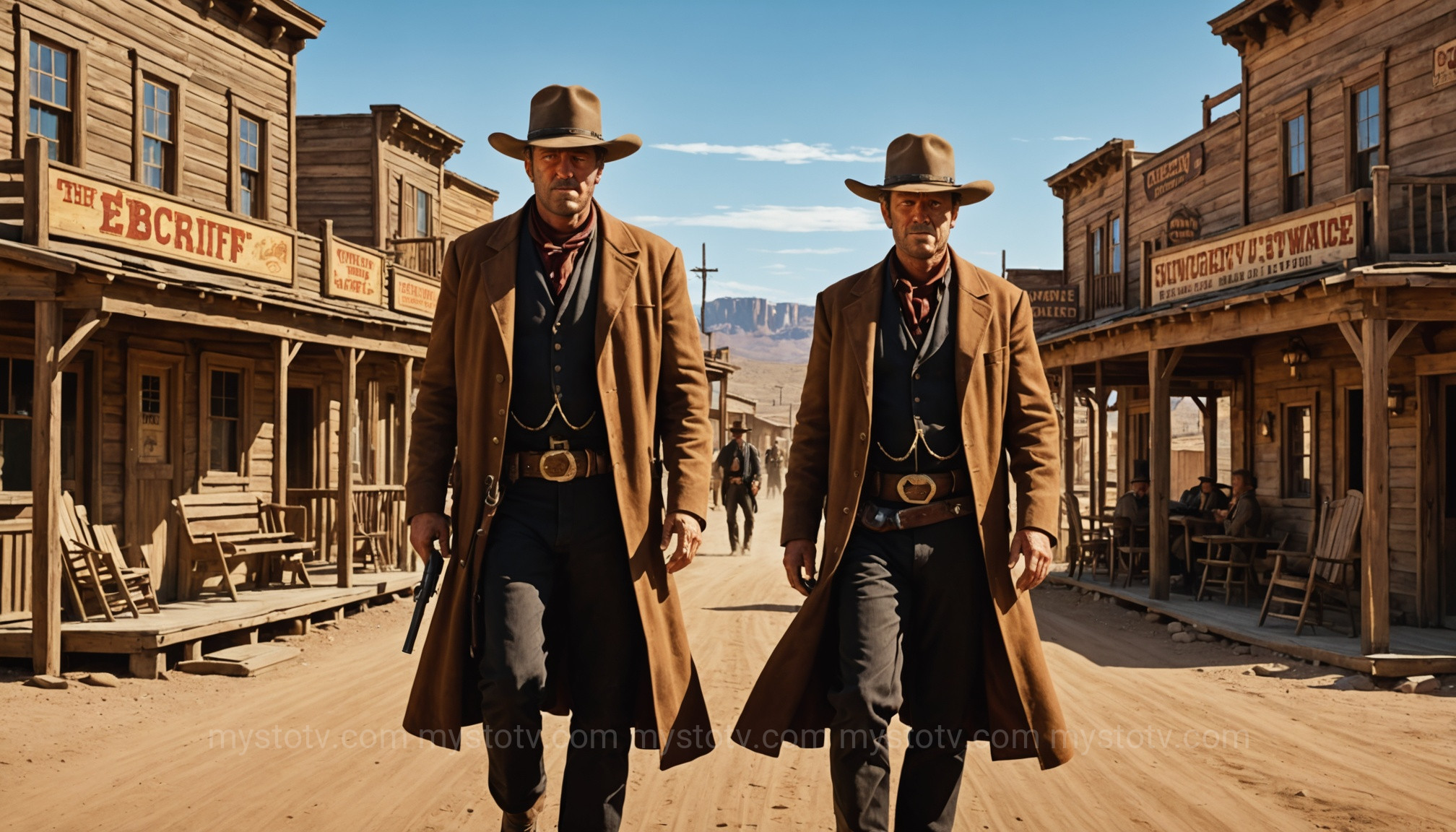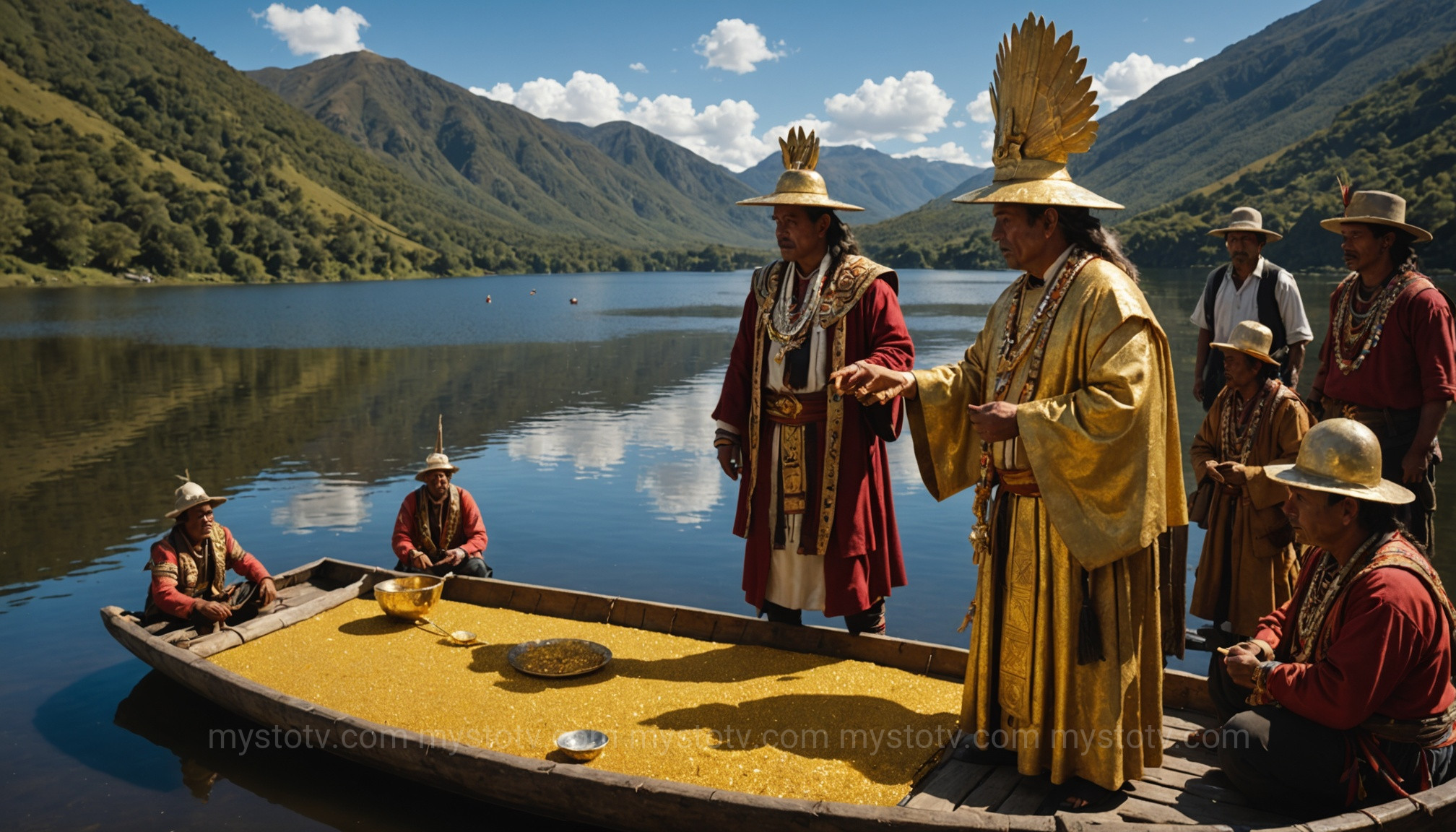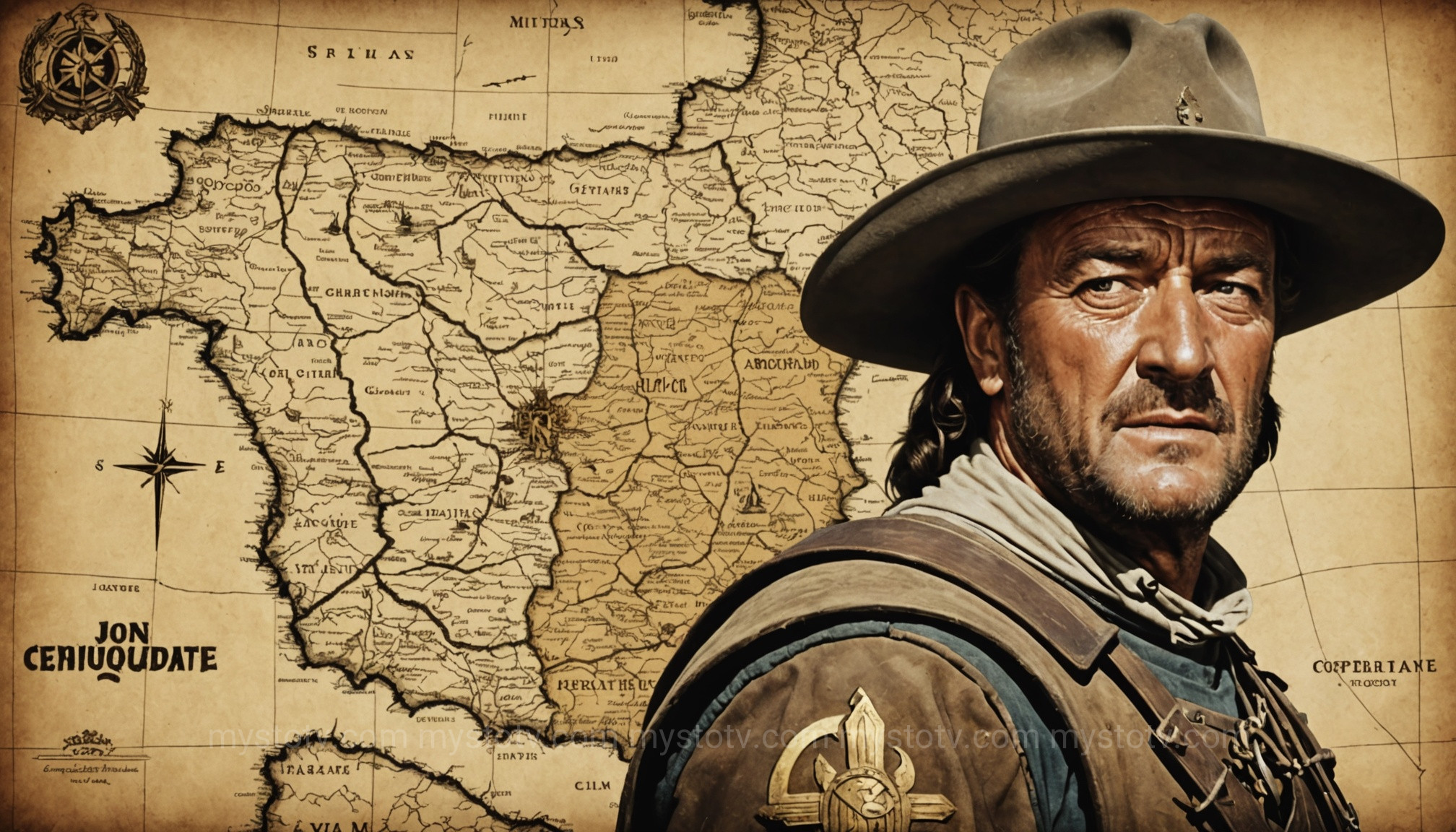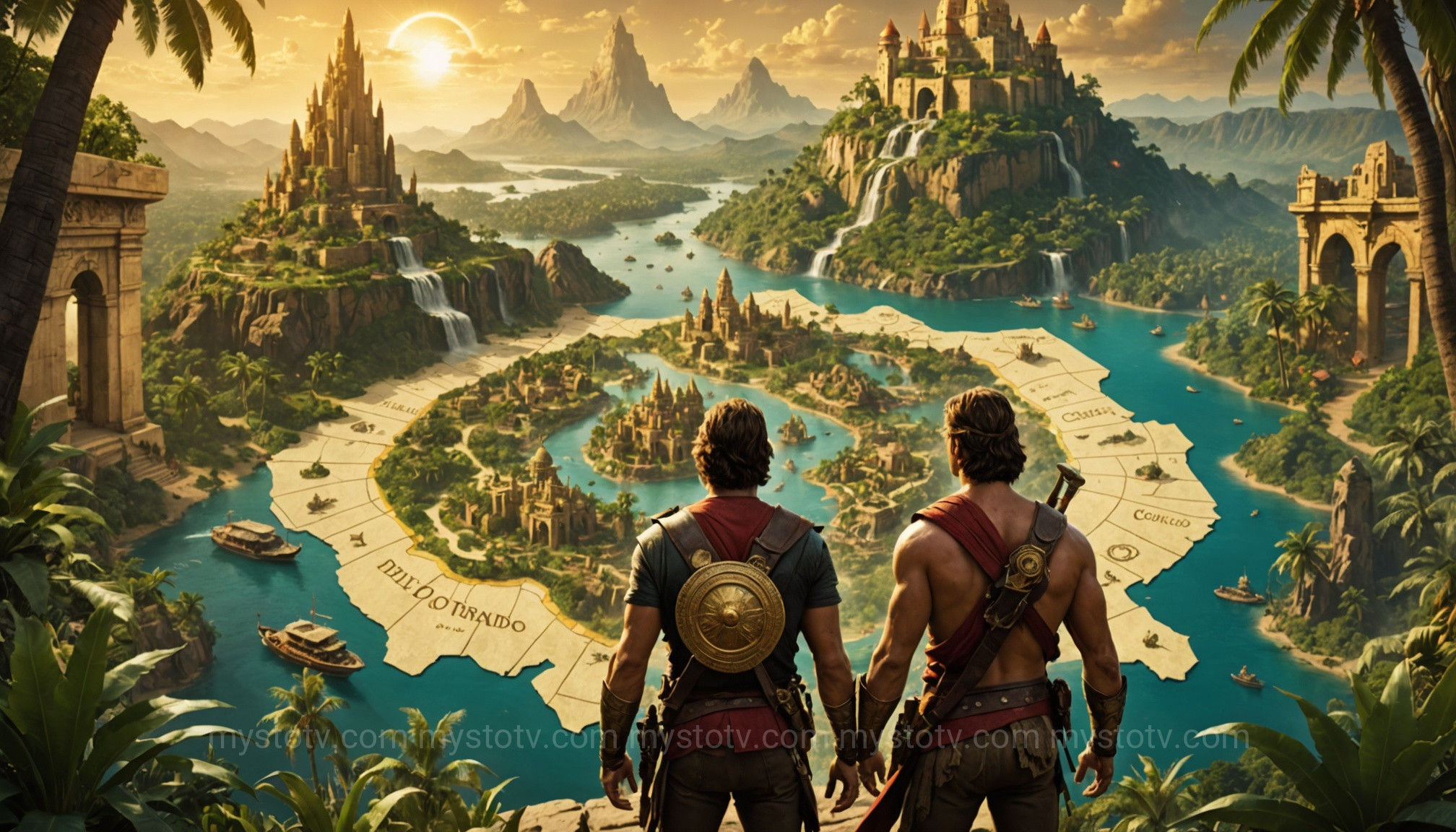I remember settling in a few years ago to watch a John Wayne classic I’d heard about but never seen. The title, “El Dorado,” immediately sparked my imagination, conjuring images of conquistadors and lost cities of gold. I was expecting an epic treasure hunt across the South American jungle. Instead, I found myself in a dusty Texas town, watching a story about a gunslinger, a drunken sheriff, and a water rights dispute. The only "gold" was the name on a saloon. This stark contrast between my expectation and the reality of the el dorado 1966 film fascinated me. It wasn't a historical inaccuracy; it was a deliberate, clever reinterpretation of a myth, trading a city of gold for a story of honor, redemption, and friendship—a treasure far more compelling.
Contents
- 1 Deconstructing the Howard Hawks Classic: What is the El Dorado 1966 Film Actually About?
- 2 Unearthing the Truth: The Real Legend Behind the El Dorado 1966 Film
- 3 The Legend vs. The Film: A Comparative Analysis of the El Dorado 1966 Story
- 4 The Lasting Legacy of the Myth and the El Dorado 1966 Movie
- 5 Frequently Asked Questions
- 6 References
Deconstructing the Howard Hawks Classic: What is the El Dorado 1966 Film Actually About?

To understand the genius behind Howard Hawks' use of the "El Dorado" name, one must first understand what the film is—and what it isn't. Far from being an adventure epic about lost civilizations, the el dorado 1966 movie is a quintessential American Western, focusing on character, loyalty, and the gritty realities of frontier justice. It is the second film in a loose trilogy directed by Hawks, following Rio Bravo (1959) and preceding Rio Lobo (1970), with all three sharing similar thematic elements of a lawman defending his post against overwhelming odds with the help of a small, unlikely group of allies.
The Plot: A Tale of Gunslingers and Cattle Barons
The story of the el dorado 1966 film centers on Cole Thornton (John Wayne), a gun-for-hire who rides into the town of El Dorado. He is initially offered a job by the ruthless cattle baron Bart Jason, who wants to force the honest MacDonald family off their land due to a dispute over water rights. Thornton turns down the job when he learns his old friend, J.P. Harrah (Robert Mitchum), is the town sheriff and is defending the MacDonalds.
Months later, Thornton returns to find Harrah has become a hopeless drunk, tormented by a past failure. With the help of a brash young gambler named Mississippi (James Caan), who is deadly with a knife but terrible with a gun, and the cantankerous deputy Bull (Arthur Hunnicutt), Thornton must help his old friend sober up and stand against Bart Jason's hired guns. The narrative is not a quest for riches, but a struggle for control of a town and, more importantly, a fight for J.P. Harrah's redemption and self-respect.
The Setting: A Dusty Texas Town, Not a Golden City
The film's setting is crucial to its identity. The action is confined to the titular town of El Dorado, Texas, and its immediate surroundings. The key locations are not mystical temples or golden-paved streets, but the familiar staples of the Western genre: the sheriff's office, the local saloon, a blacksmith shop, and the MacDonald family ranch. The environment is dusty, rugged, and practical. This grounding in a realistic frontier setting serves to immediately and purposefully distance the el dorado 1966 narrative from the fantastical origins of its name. The conflict is over something tangible and vital to survival in the West: water. This is a stark contrast to the historical myth of a city of pure gold.
"El Dorado" in the Film: The Name of a Saloon
The most direct and ironic use of the legend in the el dorado 1966 film is that the name "El Dorado" belongs to the town's primary saloon, owned by Maudie. This is a brilliant piece of cinematic subversion. In the legend, El Dorado represents an ultimate, unobtainable prize of immense material wealth. In the film, the El Dorado Saloon is a place of temporary escape, commerce, and often, trouble. It's a hub of the community, but it's a very grounded, earthly one. The name acts as a constant, subtle reminder of the promise of prosperity that drew people to the West, a promise that often manifested not as gold, but as the chance to build a life through hard work and grit.
Unearthing the Truth: The Real Legend Behind the El Dorado 1966 Film
While the el dorado 1966 movie presents a tale of the American West, the true legend of El Dorado is rooted deep in the history and geography of South America. It is a story that began not with a place, but with a person, and evolved through centuries of rumor, greed, and exploration into one of the most enduring myths in human history.
The Gilded Man: The Origin of the El Dorado Myth

The legend of El Dorado (Spanish for "The Gilded One" or "The Golden Man") originated with the Muisca people, who inhabited the highlands of present-day Colombia. Their tradition involved an elaborate investiture ceremony for a new chief, or zipa. As chronicled by Spanish writers like Juan Rodriguez Freyle in the 17th century, the new ruler would be stripped naked and his body covered in sticky resin, followed by a coating of fine gold dust. He would then be taken to the center of a sacred lake, such as Lake Guatavita, on a raft laden with gold and emerald offerings. While his people watched from the shore, the gilded chief would dive into the lake, washing the gold from his body as a sacrifice to the gods, while his attendants threw the other treasures into the water. This ritual was the true "El Dorado," a ceremony celebrating a new leader, not a city made of gold.
From Ritual to Mythical City: The Evolution of the Legend
When the Spanish conquistadors arrived in the 16th century, they heard tales of this golden ritual. Fueled by an insatiable hunger for gold, their imaginations transformed the story. The tale of "The Gilded Man" morphed into a story of his kingdom, a land so rich that gold was as common as stone. The ceremony, which may have only happened intermittently, was exaggerated into a daily occurrence. Over decades, "El Dorado" ceased to be a man and became a lost city, and eventually an entire empire of gold, supposedly hidden deep within the Amazon rainforest. Explorers like Sir Walter Raleigh became obsessed with finding this mythical city, which he called Manoa, further cementing the legend in European consciousness and making its name a synonym for ultimate wealth and a fool's errand.
The Legend vs. The Film: A Comparative Analysis of the El Dorado 1966 Story
The beauty of the el dorado 1966 film lies not in its historical accuracy to the myth, but in its thematic appropriation of it. Howard Hawks and his screenwriters took the core concept of a legendary "prize" and re-contextualized it within the framework of the American Western, creating a fascinating dialogue between myth and genre fiction.
Thematic Resonance: The Search for a Different Kind of Gold

The central theme of the El Dorado legend is the quest for unattainable material wealth. It is a story of greed, obsession, and often, ruin. The el dorado 1966 film brilliantly inverts this. The "treasure" sought by the film's heroes is entirely intangible.
- For Cole Thornton, the prize is honor. He rejects a lucrative but immoral job to stand by his friend. His quest is to do the right thing, even at great personal risk.
- For J.P. Harrah, the prize is redemption. He must conquer his alcoholism and reclaim his dignity and self-respect to be the lawman he once was.
- For the MacDonald family, the prize is survival and justice—the right to their land and water, the foundation of their future.
In this way, the film argues that the true "gold" in life is found in loyalty, friendship, and personal integrity. The name "El Dorado" becomes a profound irony, highlighting a story that is explicitly not about the pursuit of riches.
Why Howard Hawks Chose the Name "El Dorado" for his 1966 Film
The choice of title was a masterful move. "El Dorado" is an instantly recognizable name, evocative of adventure and grand quests. By attaching it to a story that is intimate and character-driven, Hawks creates a compelling contrast. The title draws the audience in with the promise of a legend, only to deliver a more profound and relatable story. It can be seen as a commentary on the American Dream itself—the idea that the West was a "golden land" of opportunity. The film shows that this opportunity was often found not in discovering gold, but in forging communities and upholding moral codes in a lawless land. The el dorado 1966 film uses a world-famous myth to tell a uniquely American story.
The Lasting Legacy of the Myth and the El Dorado 1966 Movie
Both the ancient legend of El Dorado and the Howard Hawks film have carved out their own significant places in cultural history. One remains a powerful symbol of myth and exploration, while the other stands as a pillar of the Western film genre. The legacy of the el dorado 1966 movie is intrinsically linked to its clever manipulation of that very myth.
How the El Dorado 1966 Film Shaped the Western Genre
The el dorado 1966 film is often celebrated for perfecting what critics call the "hangout movie" formula within the Western. The plot, while important, often takes a backseat to the camaraderie and interactions between the characters. The witty banter between Wayne, Mitchum, and Caan is as memorable as any gunfight. The film emphasizes the theme of professionalism and competency, showing how a group of flawed but capable individuals can come together to achieve a common goal. This focus on an aging hero (Wayne) who must rely on his friends and wits rather than just his gun was a mature evolution of the Western hero archetype, influencing countless films that followed.
El Dorado in Modern Pop Culture

While the film remains a classic, the original myth of El Dorado continues to thrive independently in popular culture. It has inspired countless books, documentaries, songs, and most notably, video games like the Uncharted series, which directly involves the search for the lost city. The legend's enduring appeal lies in its powerful symbolism: the ultimate treasure hunt, the allure of the unknown, and the human fascination with lost worlds. It serves as a narrative shorthand for any great, perilous quest for a priceless object. This ongoing cultural presence ensures that new generations will continue to encounter the myth, perhaps some of whom will then discover the wonderfully subversive western that is the el dorado 1966 film.
Frequently Asked Questions
- Is the El Dorado 1966 film based on a true story?
- No. The plot of the film is fictional and is based on the novel "The Stars in Their Courses" by Harry Brown. The film's name, "El Dorado," is borrowed from the real South American legend of a golden man and a lost city, but the story of Cole Thornton and J.P. Harrah is pure Western fiction.
- Was there a real town called El Dorado like in the movie?
- While there are several real towns and cities named El Dorado in the United States and elsewhere, the specific town of El Dorado, Texas, as depicted in the film, is fictional. It was created for the story as a classic frontier town setting.
- Where was the El Dorado 1966 film actually filmed?
- The majority of the el dorado 1966 film was shot at Old Tucson Studios, a famous movie set and theme park in Arizona. Additional scenes were filmed in and around Tucson, Arizona. This location, a staple for many classic Westerns, helped create the authentic, dusty frontier atmosphere seen in the movie.
References
- Freyle, Juan Rodriguez. The Conquest and Discovery of the New Kingdom of Granada. 1638.
- "El Dorado". National Geographic Resource Library.
- "El Dorado (1967)". AFI Catalog of Feature Films. American Film Institute. https://catalog.afi.com/Film/23116-EL-DORADO
- McCarthy, Todd. Howard Hawks: The Grey Fox of Hollywood. Grove Press, 2000.
Ultimately, the el dorado 1966 film stands as a testament to the power of storytelling. It masterfully borrows the name of a world-famous legend about a city of gold and attaches it to a story where the real treasures are honor, friendship, and redemption. By contrasting the epic, materialistic myth with an intimate, character-driven Western, Howard Hawks and John Wayne created a film that is both a classic of its genre and a clever commentary on what is truly valuable. It proves that sometimes the most compelling search for "gold" is the one that takes place not in a lost city, but within the human heart.